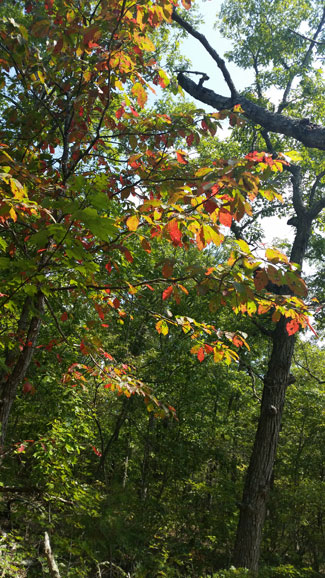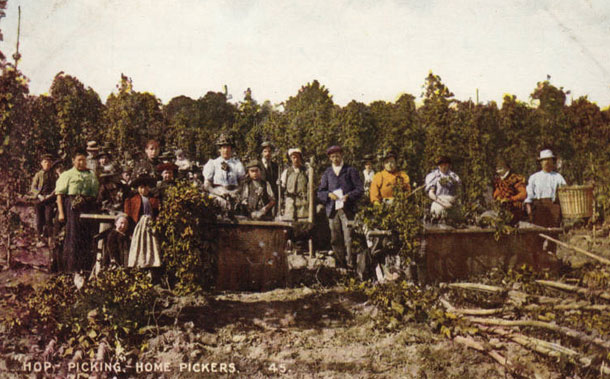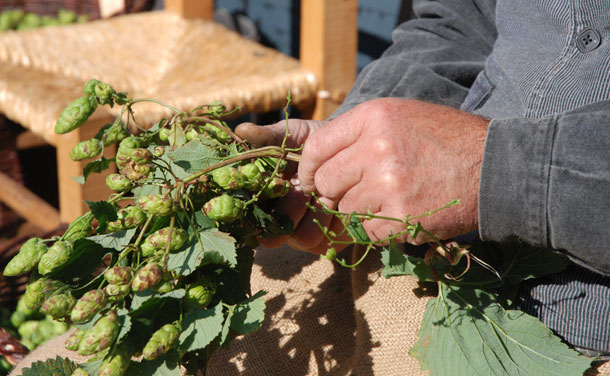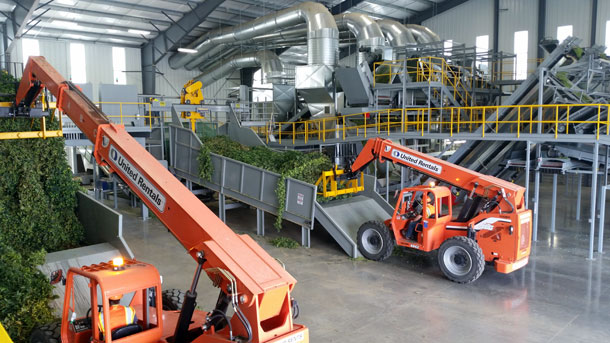 “All truly great thoughts are conceived by walking.”
“All truly great thoughts are conceived by walking.”
– Friedrich Nietzsche
I choose the Beers Made By Walking Festival. There may be 12 or 18 or some silly number of events happening in Denver the day before the Great American Beer Festival, and I guarantee you the What The Funk? Invitational will be more crowded. Probably others as well. But when I saw BMBW had moved to Wednesday evening, I redid my travel plans to get to Denver on Wednesday.
The two hours I had to spend at last year’s festival were my favorite two hours of the long weekend. This year I can hang around for the whole event, beginning at 4:30 and lasting until 8 p.m.
Eric Steen started BMBW in 2011 and since then he and others have led brewers and other interested parties on hikes in many different regions. The premise is simple. They ask brewers to go on nature hikes and brew a beer inspired by the trails. Often the result is what Steen calls a “placed-based beer.” Often the beers include ingredients found along the trail. Sometimes not, but what was clear last year is there’s a connection between the brewers and the beers, one that can be contagious.
The result makes for some great eavesdropping, a chance to collect stories without asking questions. Just listening.
The festival starts 4:30 p.m. at the outside space of Our Mutual Friend Brewing Co., about a mile and a half north of the Colorado Convention Center.
Beers Made By Walking Beer List
Bonfire Brewing – Sagebrush Juniper Saison – An ode to the high desert with inspiration from Bellyache Ridge in Eagle, CO.
Boulder Beer – Honey Hips Brown Ale – Honey brown ale brewed with pine nuts, toasted sunflower seeds, wildflower honey, and rose hips added. Inspired by an urban hike through Boulder with Gone Feral.
Breckenridge Brewery – Gooseberry Gose – Inspired by a stroll down Main Street Breckenridge, the tartness from the gooseberries adds complexity to this salty and already sour beer style.
Crazy Mountain Brewing – Naughty Pine – Inspired by a hike at West Lake Creek Road in Edwards, this pale ale includes 25 pounds of pine needles in place of finishing hops and was aged in Breckenridge Bourbon barrels.
Crooked Stave Artisan Beer Project – TBA
Dry Dock Brewing – Hampden Corner Lavender Saison – A crisp saison with lavender harvested right by the brewery.
Elevation Beer Co – Wild Raspberry and Mint Porter – A porter brewed with both wild raspberries and wild mint harvested near Boss Lake.
FATE Brewing – WILD Flower Honey Wheat – The same great honey-wheat beer we brought to BMBW two years ago, inspired by a hike in Boulder’s Chautauqua Park. It has been aged with Brettanomyces in oak for two years.
Fiction Beer Co. – Brett Saison with Rose Hips – A dry, crisp, and refreshing saison brewed with 5 pounds of rose hips at the end of the boil and Brettanomyces.
Fieldhouse Brewing – Squawbush Saison – Made with berries from the indigenous squawbush, they provide a strawberry lemonade-like flavor and sourness to the already tart saison.
Fonta Flora Brewery – TBA
Fonta Flora (In Collaboration with Jester King) – TBA
Former Future Brewing – Sour Red Rye – Inspired by a stroll in the hills of North Carolina, this base beer was aged on blackberries, raspberries, and honey.
Horse & Dragon Brewing – Perambulation Ale II – An American Amber Ale brewed with dandelion root and leaf as well as yarrow flower.
Great Divide Brewing – Rosabelle – Inspired by a walk in Matthews/Winters Park near Red Rocks with the Museum of Nature and Science, this beer is a sour blend aged on plums.
New Belgium Brewing (In Collaboration with Bird Song, Free Range, Heist, and NoDa) – Yours & Mine – A Belgian Golden brewed with beet sugar (a beet sugar plant once occupied NBB’s grounds), lavender from NBB’s property, Colorado sunflowers, and Scuppernong grapes (the state fruit of North Carolina)
Odd 13 Brewing – Gooseberry Saison – Inspired by a walk in Cañon City on a hot July day, gooseberries were added to a sour Saison aged in Chardonnay barrels and then dry-hopped.
Odell Brewing – TBA
Our Mutual Friend Brewing – A wine-barrel fermented Belgian Pale Ale with Colorado wildflower honey and all Colorado wort.
Perennial Artisan Ales (In Collaboration with Scratch) – Carya Ovata – Wee Heavy brewed with toasted hickory bark, collected and toasted at Scratch’s hometown of Ava in a brick oven and brewed at Perennial. Carya Ovata is the Latin name for the Shagbark Hickory.
Riff Raff Brewing – Spruce Juice – Colonial style ale brewed with the new growth from Spruce trees, inspired by trails in the surrounding San Juan Mountains.
Riff Raff Brewing – Juniper Sage – A light bodied, refreshing ale brewed with locally harvested juniper and sage, inspired by a trip along the New Mexico border near Navajo Lake.
Scratch Brewing – Pink Granite Glade Stein Beer – A Stein Beer brewed with pink granite rocks which were heated in white oak embers, added to boil the wort once white hot and then bittered with shortleaf pine, cedar, coreopsis blossoms, wild quinine, and a small addition of hops. Inspired by a hike at the Castor River Shut-ins in the Saint Francois Mountains
Spangalang Brewery – Cucumber Gose inspired by a Denver Urban Garden and The Real Dill.
Stone Brewing – Coffee Milk Stout with Chocolate Mint Inspired by chocolate mint growing locally on Stone Farms.
Strange Craft Beer- TBA
Trinity Brewing – Menacing Chokecherry – Crafted in the spirit of wild harvest. Featuring a feral Brettanomyces strain, aged on rhubarb and wild Colorado chokecherries.
Trinity Brewing – Menacing Huckleberry – A beer only made possible when these berries are ready for harvest, this beer is also aged on rhubarb with a wild brettanomyces yeast strain.
TRVE Brewing – TBA
Wicked Weed Brewing – Terra Locale: Brettaberry – A tart farmhouse ale inspired by freshly baked berry pie. Featuring a half-pound per gallon of strawberries, blueberries, and blackberries, the acidity of the berries with the rustic funk of our house culture are rounded by the flaky crust finish of Haw Creek Honey, Riverbend Pilsner and wheat malts. From our summer memories to yours, cheers.
Wicked Weed Brewing – Terra Locale: Horti-Glory – A tart, farmhouse ale brewed with Riverbend Malt and fermented with our house culture of Bettanomyces. The addition of seasonal elderflowers, hyssop, and honeysuckle transform the rustic house culture into a lovely floral brett saison.
Wild Woods Brewery (In Collaboration with Very Nice Brewing Company) – Pale Ale with Pineapple Weed and Rose Hips. Inspired by the friendship and proximity of these two breweries, this beer opens up with big floral and citrus notes.
Wit’s End Brewing – Irish Red with Heather and Peated Malt. Inspired by an international walk on the Cliffs of Moher, this Irish Red includes a healthy addition of the perennial shrub and special malt.
 “All truly great thoughts are conceived by walking.”
“All truly great thoughts are conceived by walking.”

